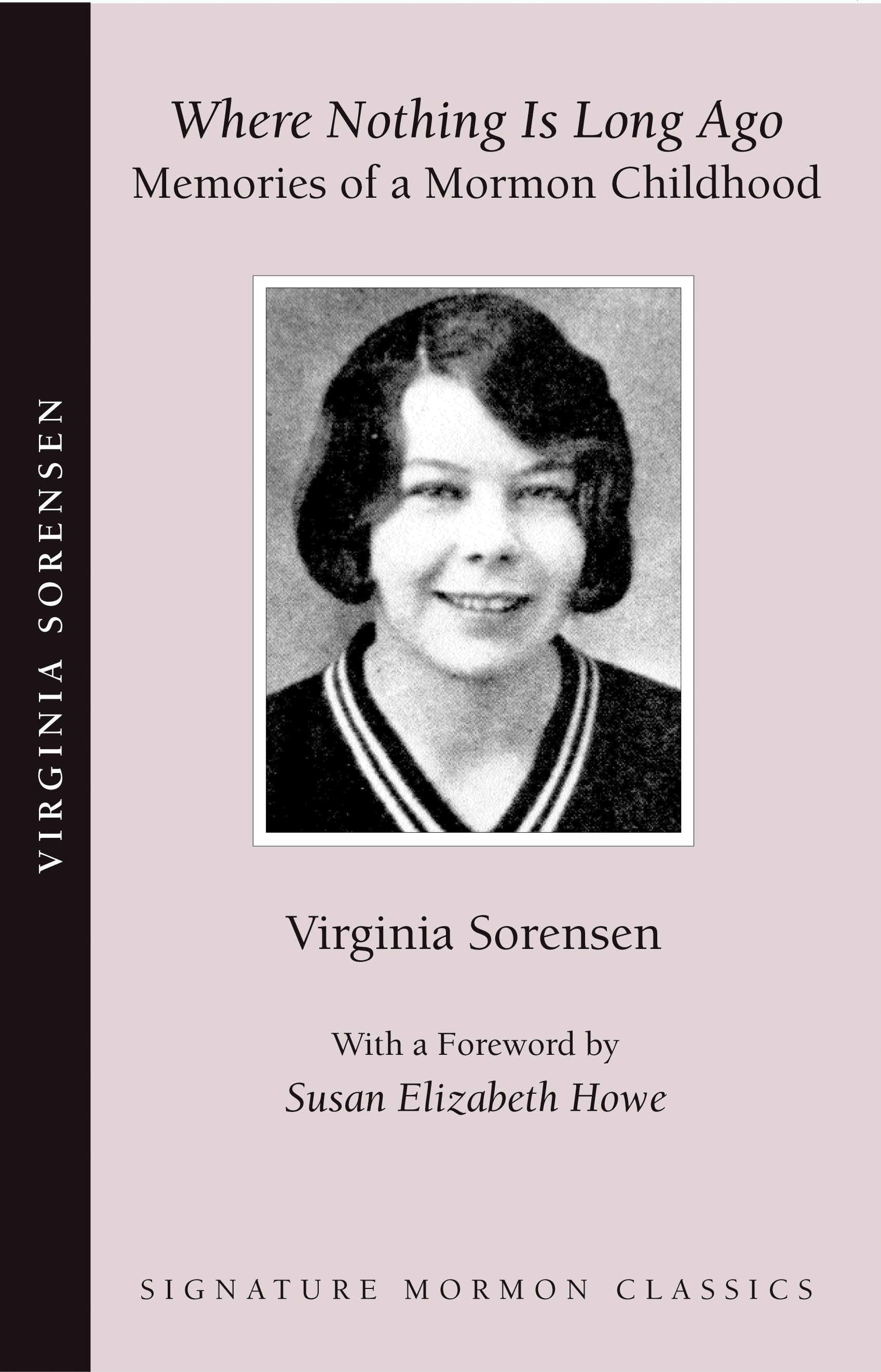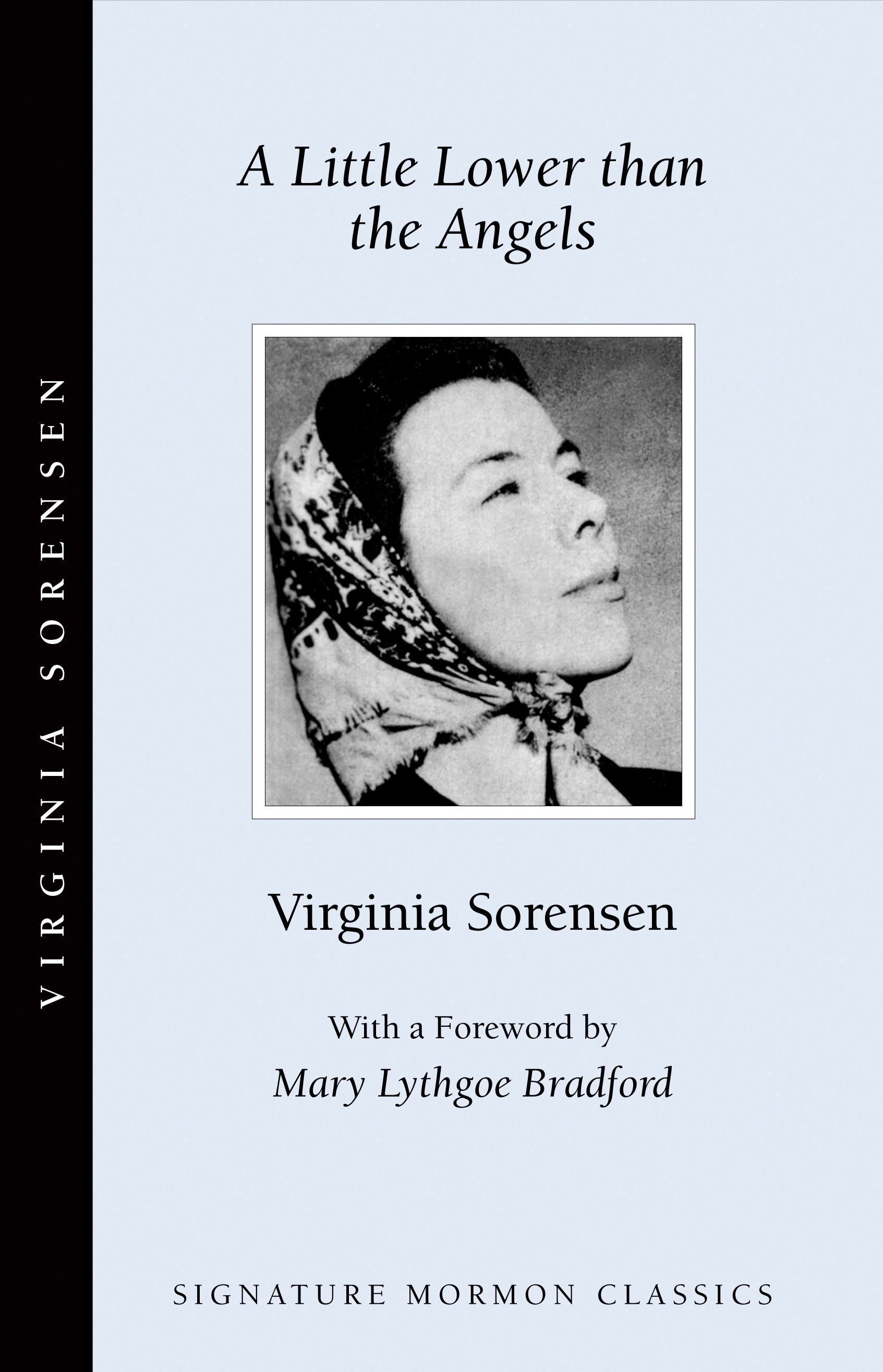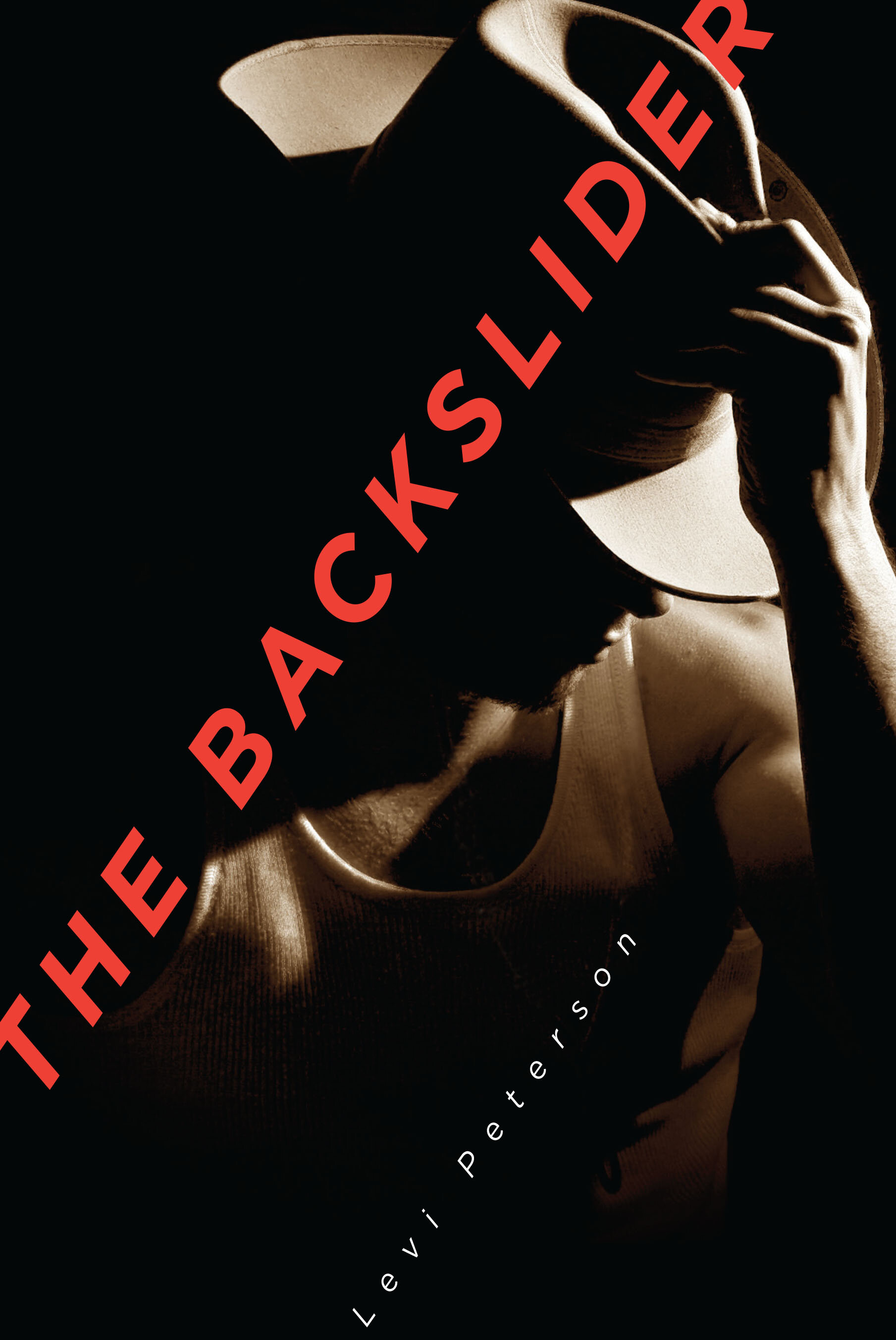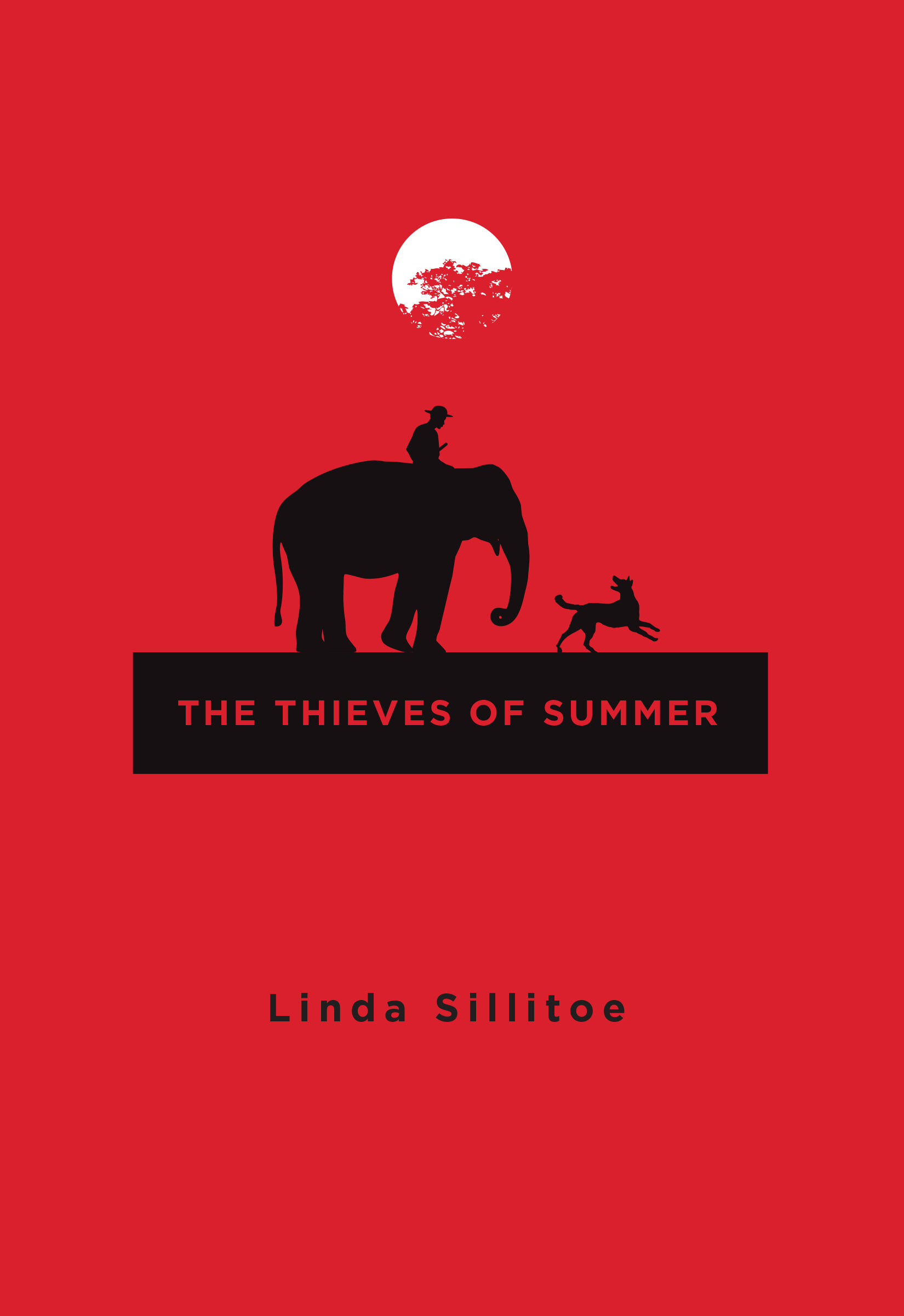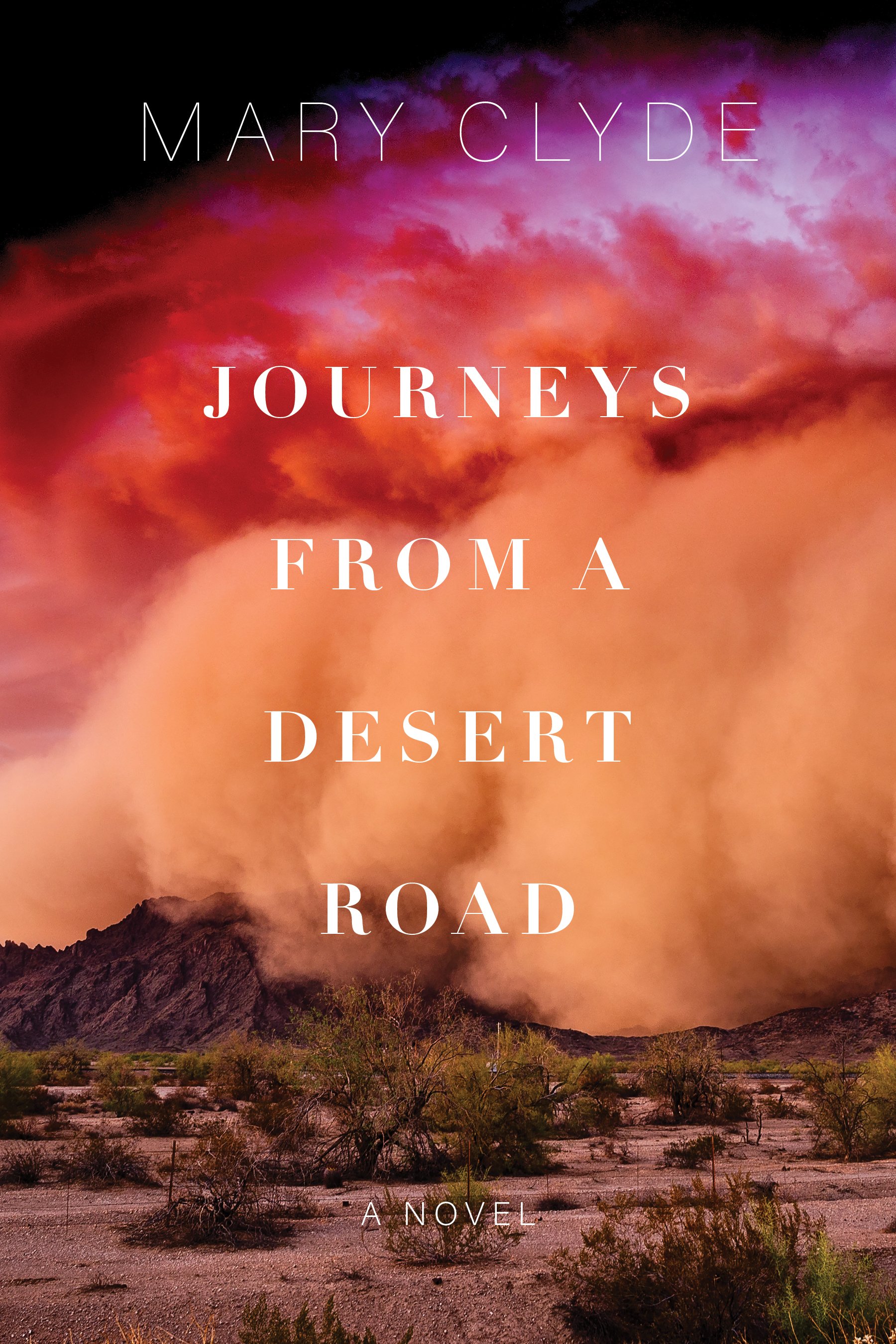Where Nothing Is Long Ago
Where Nothing Is Long Ago: Memories of a Mormon Childhood
Virginia Sorensen
with a foreword by Susan Elizabeth Howe
The stories of Where Nothing Is Long Ago are a celebration of Sorensen's childhood. She wrote most of them in 1962 while she stayed eight months with her father in Springville, Utah, after her sister's death. (The title story and "The Face" had been published earlier in The New Yorker.) The narrator of each story is an adult remembering her experiences as a child and narrating events from the child's perspective, so the stories are often about the child's attempt to understand the values of her community. Several stories center on the community's response to an individual who is in some way an outsider a polygamous wife who has been left alone after the 1890 Manifesto ostensibly banned such marriages; a black family from Tennessee, directed to Manti by one of the town's missionaries; a woman whose husband has fallen away from the faith and the child's observations of the behavior of town members towards this outsider. Why, for example, are members of the community more sympathetic to the man who killed Lena's husband than they are to Lena? Why do they so distrust "the Negro"? Why is "the darling lady" all alone in her little store? Why doesn't she have a family? Other stories are stories of initiation sometimes into the pleasures and pains of growing up, but other times into the adult knowledge of death and loss and destructive human behavior. In her Newbery Award acceptance speech, Sorensen says, "[A] story has its own being and . . . if one tells it true, and to the very end, there is always death in it." Some of these stories will be enthralling to children as well as to adult readers "First Love," "The White Horse," "The Vision of Uncle Lars," and "The Secret Summer." But many depend on the reader's ability to recognize the ironic distance between the child's perception and the meaning of the incidents to the narrator or to the adult characters. Virginia Sorensen is a masterful storyteller. Her mother said that the first sentence she remembered Virginia saying was "Tell me a story," and the second was, "I will tell you a story," which Virginia proceeded to do. She spent a lifetime telling stories, many of which she offered to her Mormon community as their own. She once said, "I suppose I get more pleasure out of being noticed by the Mormons than by anybody else."
ebook: $6.99
Where Nothing Is Long Ago: Memories of a Mormon Childhood
Virginia Sorensen
with a foreword by Susan Elizabeth Howe
The stories of Where Nothing Is Long Ago are a celebration of Sorensen's childhood. She wrote most of them in 1962 while she stayed eight months with her father in Springville, Utah, after her sister's death. (The title story and "The Face" had been published earlier in The New Yorker.) The narrator of each story is an adult remembering her experiences as a child and narrating events from the child's perspective, so the stories are often about the child's attempt to understand the values of her community. Several stories center on the community's response to an individual who is in some way an outsider a polygamous wife who has been left alone after the 1890 Manifesto ostensibly banned such marriages; a black family from Tennessee, directed to Manti by one of the town's missionaries; a woman whose husband has fallen away from the faith and the child's observations of the behavior of town members towards this outsider. Why, for example, are members of the community more sympathetic to the man who killed Lena's husband than they are to Lena? Why do they so distrust "the Negro"? Why is "the darling lady" all alone in her little store? Why doesn't she have a family? Other stories are stories of initiation sometimes into the pleasures and pains of growing up, but other times into the adult knowledge of death and loss and destructive human behavior. In her Newbery Award acceptance speech, Sorensen says, "[A] story has its own being and . . . if one tells it true, and to the very end, there is always death in it." Some of these stories will be enthralling to children as well as to adult readers "First Love," "The White Horse," "The Vision of Uncle Lars," and "The Secret Summer." But many depend on the reader's ability to recognize the ironic distance between the child's perception and the meaning of the incidents to the narrator or to the adult characters. Virginia Sorensen is a masterful storyteller. Her mother said that the first sentence she remembered Virginia saying was "Tell me a story," and the second was, "I will tell you a story," which Virginia proceeded to do. She spent a lifetime telling stories, many of which she offered to her Mormon community as their own. She once said, "I suppose I get more pleasure out of being noticed by the Mormons than by anybody else."
ebook: $6.99
Where Nothing Is Long Ago: Memories of a Mormon Childhood
Virginia Sorensen
with a foreword by Susan Elizabeth Howe
The stories of Where Nothing Is Long Ago are a celebration of Sorensen's childhood. She wrote most of them in 1962 while she stayed eight months with her father in Springville, Utah, after her sister's death. (The title story and "The Face" had been published earlier in The New Yorker.) The narrator of each story is an adult remembering her experiences as a child and narrating events from the child's perspective, so the stories are often about the child's attempt to understand the values of her community. Several stories center on the community's response to an individual who is in some way an outsider a polygamous wife who has been left alone after the 1890 Manifesto ostensibly banned such marriages; a black family from Tennessee, directed to Manti by one of the town's missionaries; a woman whose husband has fallen away from the faith and the child's observations of the behavior of town members towards this outsider. Why, for example, are members of the community more sympathetic to the man who killed Lena's husband than they are to Lena? Why do they so distrust "the Negro"? Why is "the darling lady" all alone in her little store? Why doesn't she have a family? Other stories are stories of initiation sometimes into the pleasures and pains of growing up, but other times into the adult knowledge of death and loss and destructive human behavior. In her Newbery Award acceptance speech, Sorensen says, "[A] story has its own being and . . . if one tells it true, and to the very end, there is always death in it." Some of these stories will be enthralling to children as well as to adult readers "First Love," "The White Horse," "The Vision of Uncle Lars," and "The Secret Summer." But many depend on the reader's ability to recognize the ironic distance between the child's perception and the meaning of the incidents to the narrator or to the adult characters. Virginia Sorensen is a masterful storyteller. Her mother said that the first sentence she remembered Virginia saying was "Tell me a story," and the second was, "I will tell you a story," which Virginia proceeded to do. She spent a lifetime telling stories, many of which she offered to her Mormon community as their own. She once said, "I suppose I get more pleasure out of being noticed by the Mormons than by anybody else."
ebook: $6.99
Virginia Sorensen was born in 1912 in Provo, Utah. Subsequently christened Utah's First Lady of Letters, Sorensen wrote eight novels including A Little Lower than the Angels, On This Star, The Evening and the Morning, Many Heavens, Kingdom Come, and Where Nothing Is Long Ago: Memories of a Mormon Childhood. She was awarded two Guggenheim fellowships that took her to Mexico and to Denmark. She also won an O. Henry award, the 1956 National Child Study Association Award for Plain Girl, and the Newbery Medal in 1957 for another children's book titled Miracles on Maple Hill. Yet she remained unappreciated at home until long after her fame faded elsewhere. She lived in Morocco with her second husband, British novelist Alec Waugh, from the 1950s until his death in 1981. She settled in Florida for her final decade and died in 1991.
Fiction
ISBN: 978-1-56085-435-7

